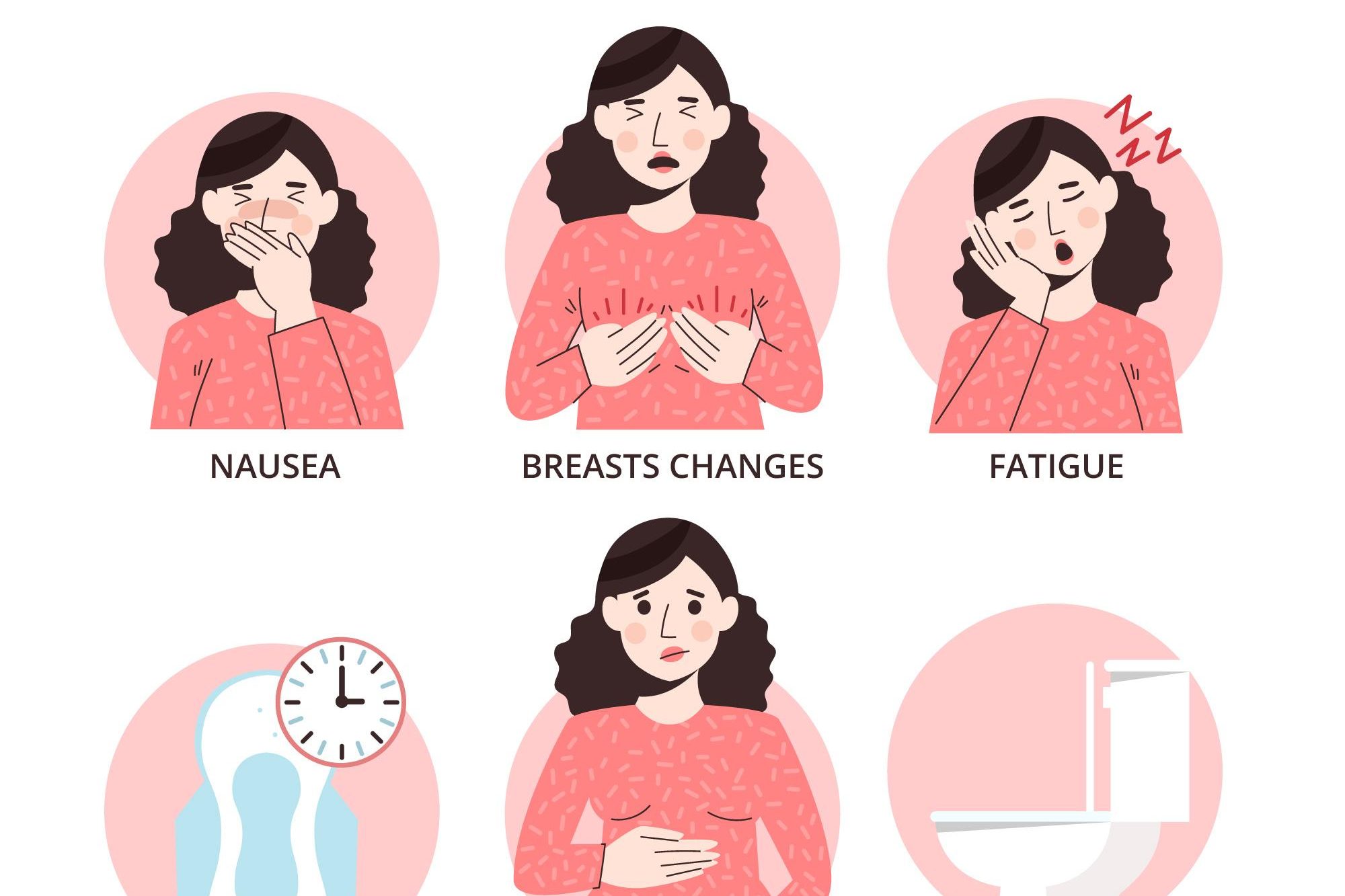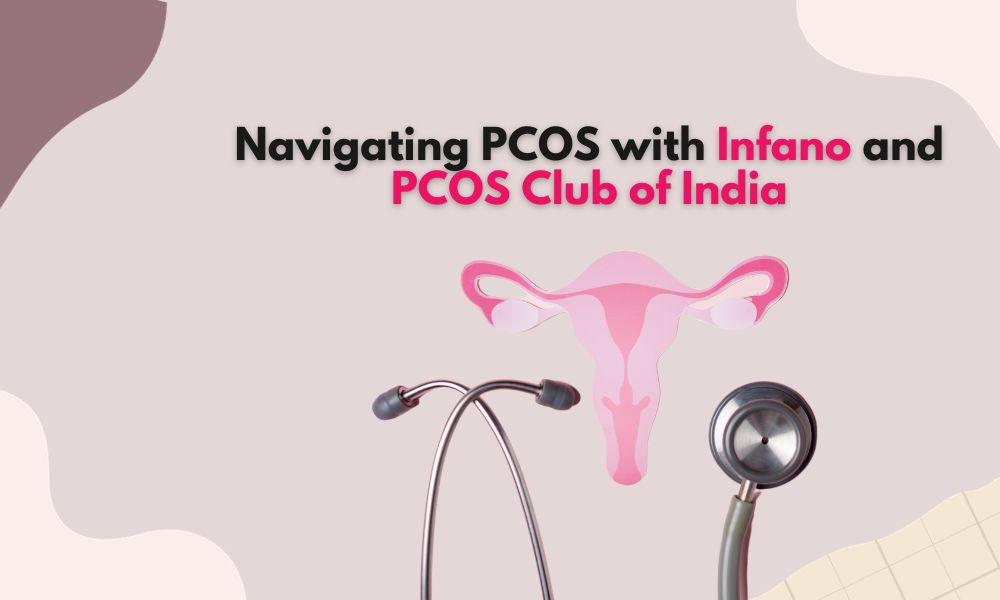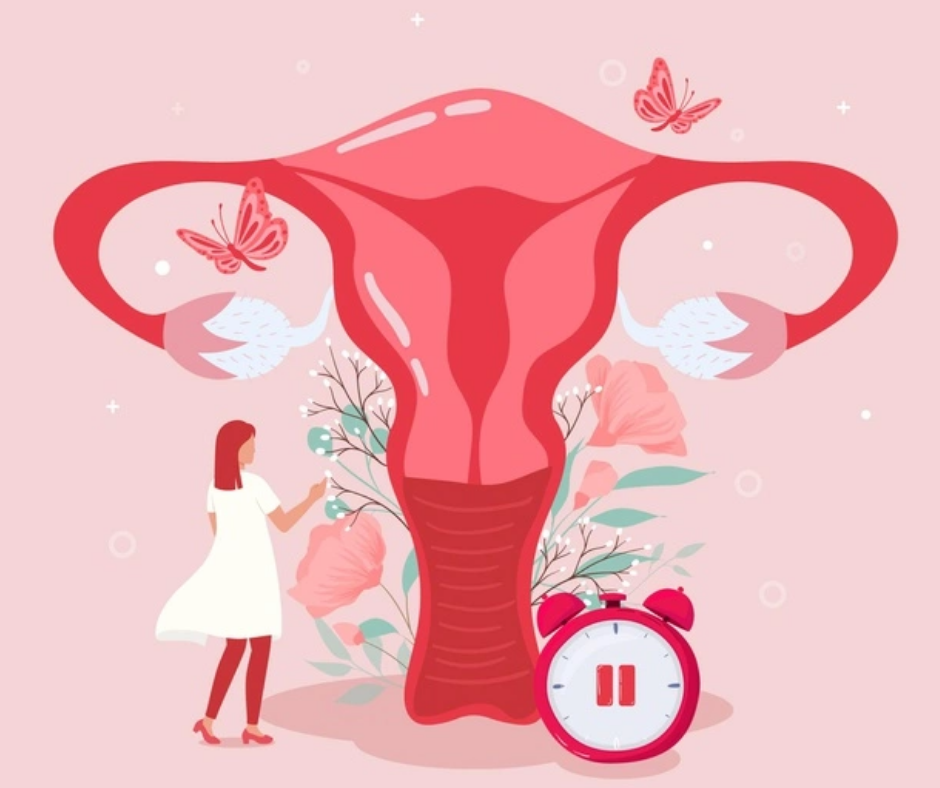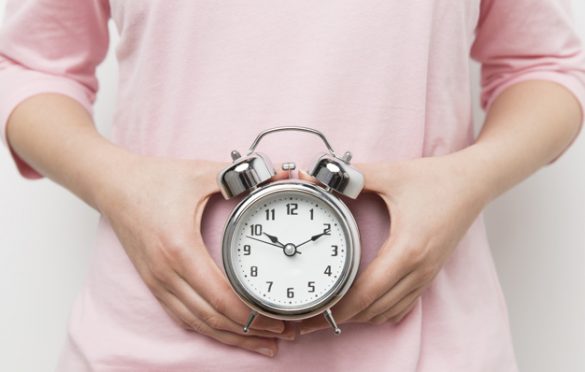Premenstrual symptoms are not normal for all women but are for many. However, not all types of premenstrual symptoms are normal or indicate good menstrual health. The purpose of this article is to explore the different types of premenstrual symptoms and provide tips on how to manage them.
The menstrual cycle is a physical and emotional rollercoaster for many women. It can be a time of extreme highs and lows, with some days feeling like you have nothing to worry about and other days feeling as if the period pain is too much to bear.
We all know that women’s moods and emotions can change before and during menstruation (premenstrual and menstrual phases). Sometimes it may be hard to tell if these are normal premenstrual symptoms. The mood changes that happen before menstruation aren’t always a sign of good menstrual health. There are many other causes for these symptoms, so it’s important to learn about the different types and how they can affect you.
Premenstrual symptoms can sometimes be a symptom of other things going on in your life, but if you’re experiencing the following symptoms, this article will give you a few tips to help relieve them.
What is Premenstrual Syndrome?
Women may experience a wide range of symptoms that can be annoying, frustrating, and painful. The most common symptom is menstrual cramps, which can be mild to severe. Symptoms can also include nausea, headaches, back pain, sleep disturbances, bloating, breast tenderness, pain, fatigue, irritability, anxiety, and depression. Women who experience certain symptoms could have premenstrual syndrome or PMS.

Identifying the different types of PMS
Premenstrual symptoms can cause a number of different problems. The most common symptom is bloating, which is simply due to the accumulation of gas and fluid in the body. Some women experience mood swings and irritability, which can be related to changes in hormone levels and stress levels in the body. Other symptoms include breast tenderness, headaches, fatigue, appetite changes, constipation, food cravings, back pain, and joint pain. There are also other symptoms that are more serious such as depression or anxiety.
How does PMS affect different people?
Premenstrual Syndrome is a disorder that affects many women and can cause a variety of symptoms. The severity of PMS differs from woman to woman and may range from mild to extreme.
Premenstrual mood changes are not normal for all women but are for many. However, not all types of premenstrual mood changes are normal or indicate good health. typically mild and do not really disrupt your daily activities, it is best to describe them as ‘normal (pre)menstrual changes’ (rather than ‘symptoms’ or ‘PMS’).
Altered moods and increased irritability
Menstrual health is often defined by the frequency, duration, and intensity of premenstrual symptoms. Some women experience no premenstrual symptoms at all. These women are said to have “good menstrual health.”
It can have many different symptoms, including mood swings, fatigue, headaches, vomiting, and tender breasts. Other signs of PMS are irritability or anger, depression, trouble sleeping, difficulty concentrating, bloating in the abdomen area, and breast swelling.
The assertion that all pre-menstrual symptoms demonstrate good or normal menstrual health is false. Certain symptoms, such as mood swings, may not be indicative of anything other than a bad day.
Premenstrual mood changes that are very severe and accompanied by severe bouts of crying or depressive suicidal thoughts may be a sign that you’re experiencing premenstrual dysphoric disorder (PMDD), one of the most common causes of severe emotional and physical symptoms during menstruation. So if you’re experiencing them and they last for more than a day or two, it’s worth talking to your doctor about it. Read more about it here – Premenstrual Dysphoric Disorder- A Depression Caused Hormonally in Women
What are some other warning signs for unhealthy or abnormal premenstrual symptoms?
- severe abdominal (period) pain
- severe muscle/ joint pain
- excessive loss of appetite
- insomnia
- decreased energy levels
- bouts of fainting
- heavy bleeding, and blood loss of more than 80ml (approx. 160ml total fluid is lost per period)
- a cycle that lasts for more than 10 days
- painful excessive acne breakout
How to manage certain symptoms like period pain and cramps
1. Taking anti-inflammatory medications or analgesics can help with the pain
2. Omega 3 oils every day is very beneficial for good menstrual health
3. Dietary supplements like seeds and iron-rich foods and a good fiber-rich diet can help.
4. Exercising regularly and moving your body with light cardio workouts like walking and low-intensity workouts or body stretching can help alleviate symptoms.
These are some coping mechanisms that may show improvement in overall health and wellbeing during a menstrual cycle. But if these approaches do not help with the symptoms, it is better to seek medical intervention.



















